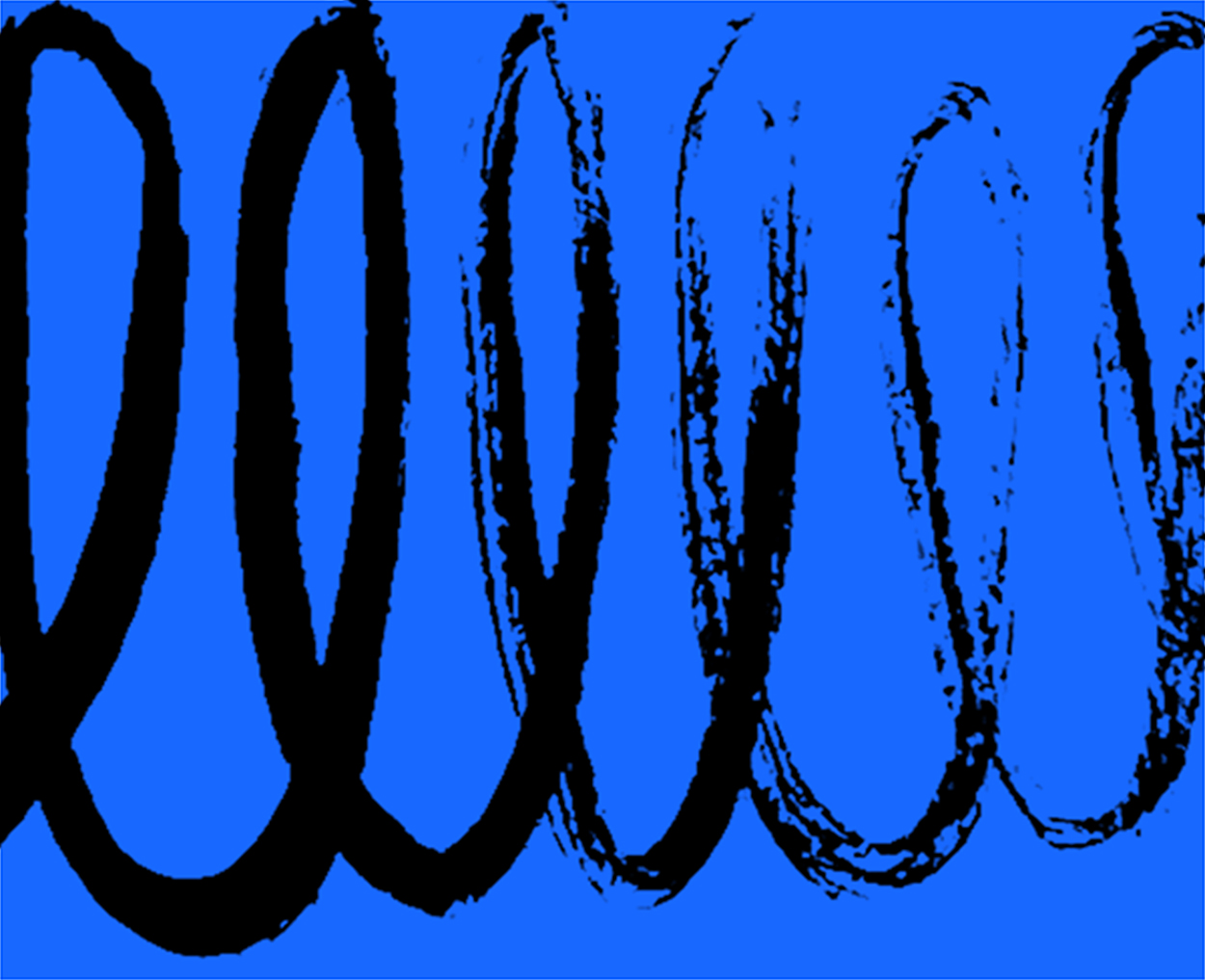
November 24, 2003
Mark Lombardi and the Ecstasy of Conspiracy
With the 40th anniversary of the assassination of JFK freshly behind us, our abiding romance with conspiracy theories seems more ardent than ever. And one of the most remarkable expressions of that romance is on view at The Drawing Center in New York, “Global Networks,” an exhibition of the work of Mark Lombardi. In an age where we all dimly sense that The Truth Is Out There, Lombardi’s extraordinary drawings aim to provide all the answers.
Although Lombardi’s work has combined the mesmerizing detail of the engineering diagram and the obsessive annotation of the outsider artist, the man was neither scientist nor madman. Armed with a BA in art history, he began as a researcher and archivist in the Houston fine arts community with a passing interest in corporate scandal, financial malfeasance, and the hidden web of connections that seemed to connect, for instance, the Mafia, the Vatican bank, and the 1980’s savings and loan debacle. His initial explorations were narrative, but in 1993 he made the discovery that some kinds of information are best expressed diagrammatically.
The resulting body of work must be seen to be believed — an admittedly oxymoronic endorsement of subject matter of such supreme skepticism. Lombardi’s delicate tracings, mostly in black pencil with the occasional red accent, cover enormous sheets of paper (many over four feet high and eight feet long), mapping the deliriously Byzantine relationships of, say, Oliver North, Lake Resources of Panama, and the Iran-Contra operation, or Global International Airways and the Indian Springs State Bank of Kansas City. Because the work visualizes connections rather than causality, Lombardi was able to take the same liberties as Harry Beck’s 1933 map for the London Underground, freely arranging the players to create gorgeous patterns: swirling spheres, hopscotching arcs, wheels within wheels.
Lombardi was indeed an enthusiastic student of information design, a reader of Edward Tufte and a collector of the charts of Nigel Holmes. But if the goal of information design is to make things clear, Lombardi’s drawings, in fact, do the opposite. The hypnotic miasma of names, institutions, corporations and locations that envelop each drawing demonstrates nothing if not the inherent — the intentional — unknowability of each of these networks. Like Rube Goldberg devices, their only meaning is their ecstatic complexity; like Hitchcockian McGuffins, understanding them is less important than simply knowing they exist.
Lomardi, who was born in 1951 and died in 2000, did not live to see today’s historical moment, where his worldview seems not eccentric but positively prescient. His drawing BCCI-ICIC & FAB, 1972-91 (4th version) was studied in situ at the Whitney Museum by F.B.I. agents in the days after 9/11; reportedly, consultants to the U.S. Department of Homeland Security previewed the current show at the Drawing Center. One wonders whether he would have felt vindicated or alarmed by this kind of attention.
The catalog for the exhibition, which was organized by Robert Hobbs and Independent Curators International, cannot possibly do the drawings justice. But it may be worth it for the extended captions alone, each one of which could serve as an outline for a pretty decent John leCarre novel. And in what other art catalog could you find an index where (under the Cs alone) one finds Canadian Armament and Research Development Establishment; capitalism; Capone, Al; Castro, Fidel, and conceptual art? And it is in the catalog that one finds, tossed away almost casually in a footnote, the following fact: “The police report cited suicide by hanging as the reason for Mark Lombardi’s death. The door to his studio was locked from the inside.” That last detail is an all-too-common device in mystery novels, where it inevitably raises the same question: yes, that’s how it seems, but what really happened? Mark Lombardi’s work tries, valiantly, to answer that very question.
Observed
View all
Observed
By Michael Bierut
Related Posts

Business
Courtney L. McCluney, PhD|Essays
Rest as reparations: reimagining how we invest in Black women entrepreneurs

Design Impact
Seher Anand|Essays
Food branding without borders: chai, culture, and the politics of packaging

Graphic Design
Sarah Gephart|Essays
A new alphabet for a shared lived experience

Arts + Culture
Nila Rezaei|Essays
“Dear mother, I made us a seat”: a Mother’s Day tribute to the women of Iran
Recent Posts
Courtney L. McCluney, PhD|Essays
Rest as reparations: reimagining how we invest in Black women entrepreneurs Food branding without borders: chai, culture, and the politics of packaging Why scaling back on equity is more than risky — it’s economically irresponsible Beauty queenpin: ‘Deli Boys’ makeup head Nesrin Ismail on cosmetics as masks and mirrorsRelated Posts

Business
Courtney L. McCluney, PhD|Essays
Rest as reparations: reimagining how we invest in Black women entrepreneurs

Design Impact
Seher Anand|Essays
Food branding without borders: chai, culture, and the politics of packaging

Graphic Design
Sarah Gephart|Essays
A new alphabet for a shared lived experience

Arts + Culture
Nila Rezaei|Essays
